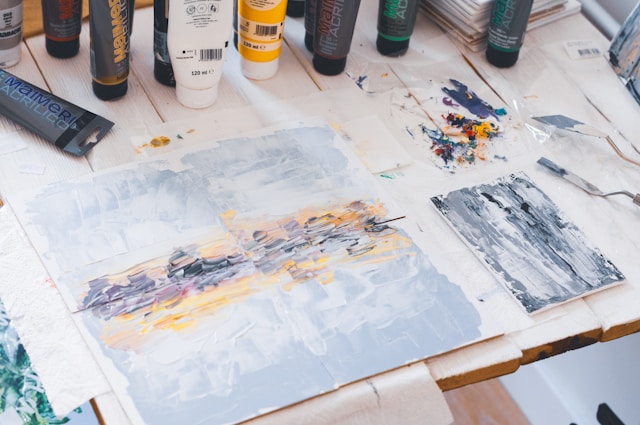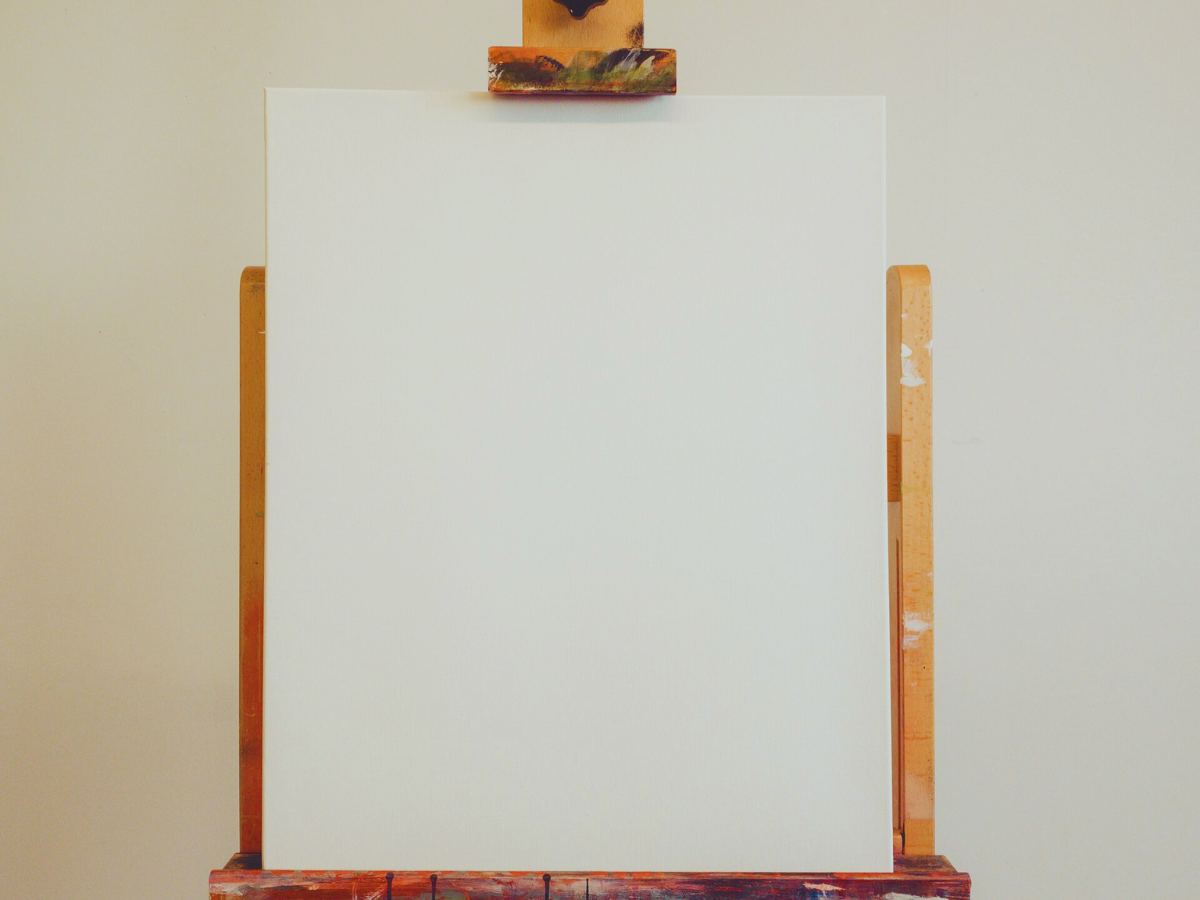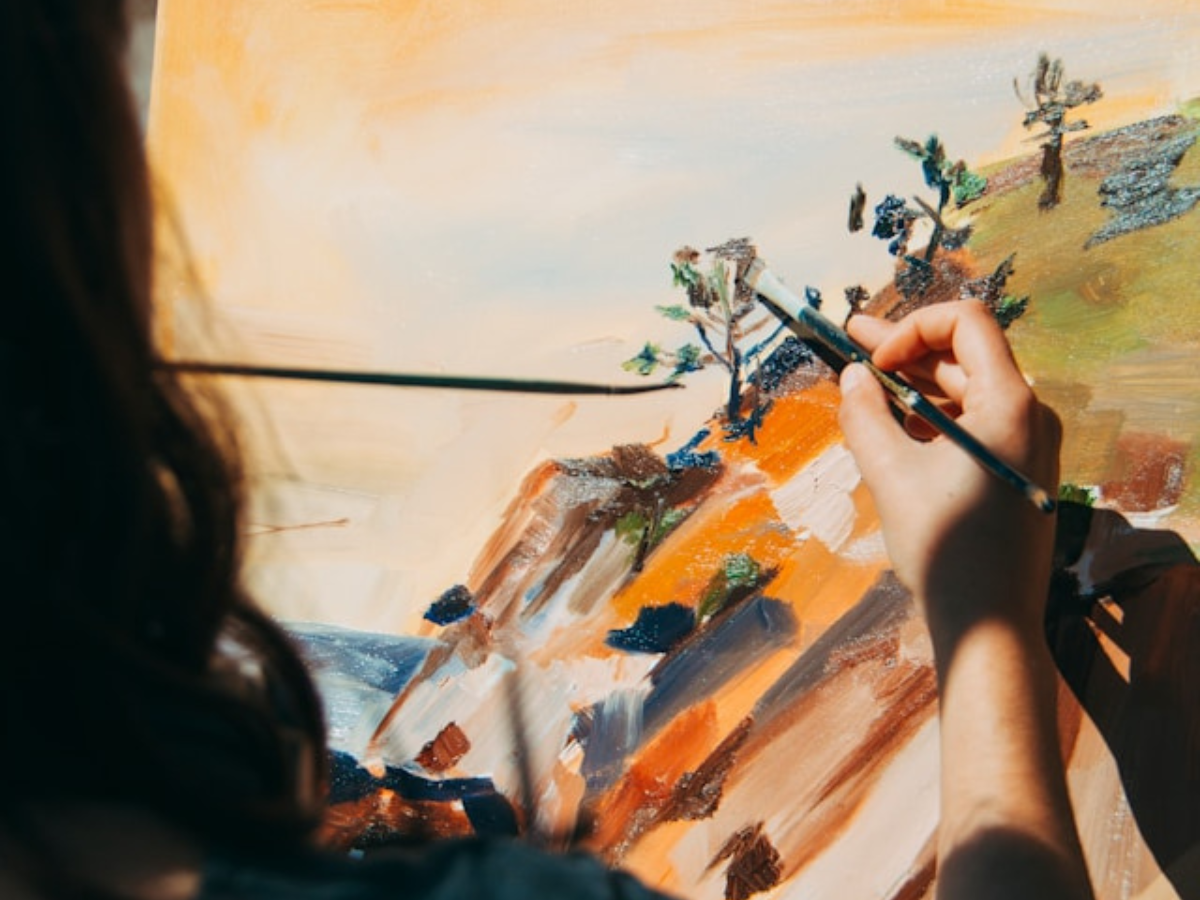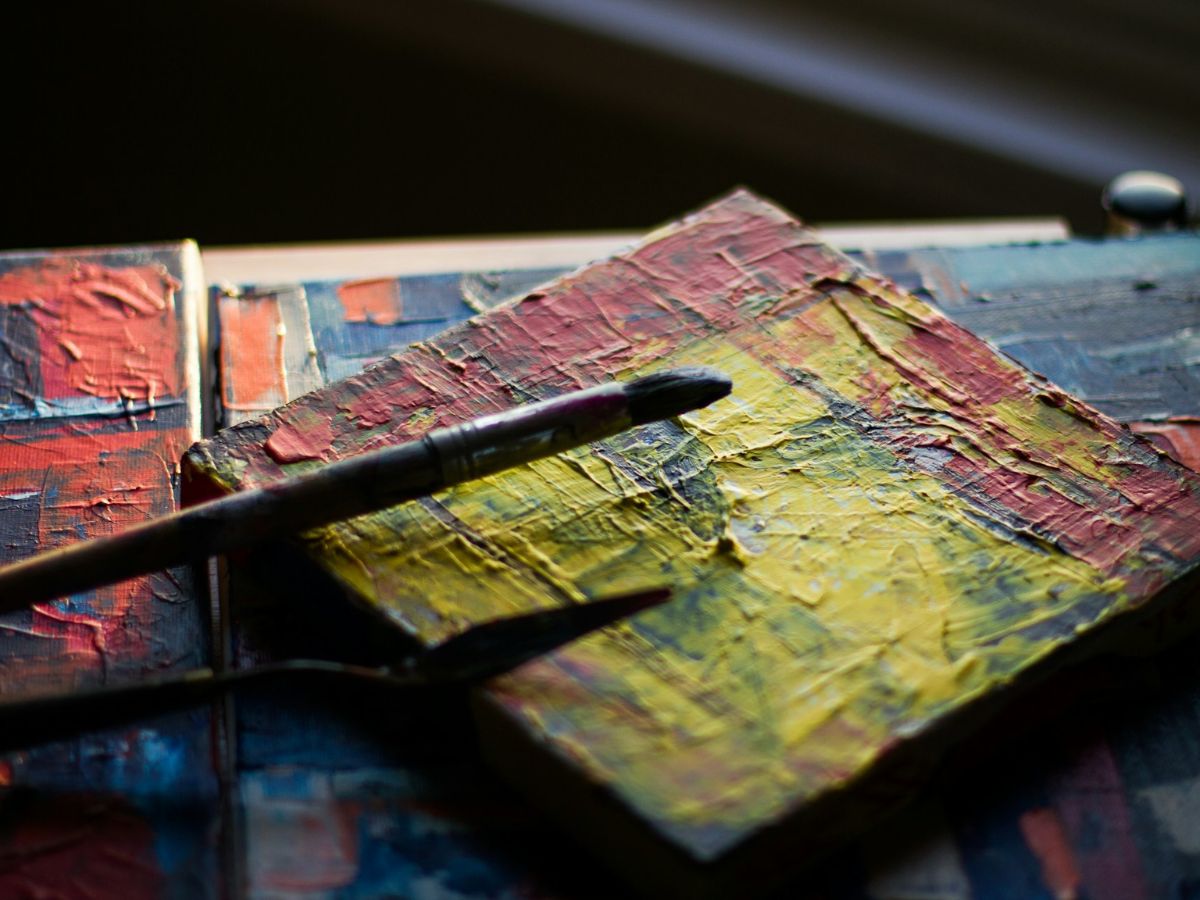
6 Tips for Overcoming Common Canvas Painting Challenges
Canvas painting offers a unique and satisfying creative outlet, but like any artistic endeavor, it comes with its own set of challenges. Whether you’re a seasoned painter or just starting, understanding common obstacles and how to tackle them is key to producing your best work. Here, we’ll explore the primary challenges artists face when working with canvas and offer practical solutions to overcome them.
1. Surface Preparation Issues
One of the first challenges in canvas painting is preparing the surface properly. Raw canvases must be primed with gesso to prevent paint from soaking in unevenly and to create a smooth painting surface. Neglecting this step can lead to inconsistent textures, and your colors may not hold as intended.
Solution: Apply 2-3 layers of gesso, depending on the texture you desire. A smooth surface requires more coats, whereas artists looking for a textured finish can experiment with thicker gesso applications. Preparing your canvas well will save you time and frustration during the painting process.
CanvasLot manufactures high quality canvases that are doubled primed with acid-free acrylic gesso ready to be painted on.
2. Color Bleeding and Layering Problems
A common issue for beginners and even experienced artists is color bleeding, where wet paint layers merge into one another, ruining the composition.
Solution: To avoid this, it’s important to allow each layer to dry completely before adding another. Or, you can use a medium like acrylic retarder to slow the drying process, allowing for better control and blending.
3. Lack of Confidence and Fear of Mistakes
Many artists struggle with the fear of making mistakes, especially when working on a large or expensive canvas. This fear can hinder creative freedom and lead to stagnation.
Solution: Understand that mistakes are part of the creative process. Treat them as learning opportunities. If a section of your painting doesn’t turn out as expected, don’t be afraid to paint over it. Confidence comes from consistent practice, and engaging with a community of fellow artists can provide invaluable support
4. Difficulty with Proportions and Perspective
Another technical hurdle is getting proportions and perspective right, which can be particularly challenging when scaling up to larger canvases.
Solution: Use a grid system or digital projection to sketch out your composition before painting. Many professionals also recommend practicing with smaller canvases before moving to larger ones to develop better control.
5. Time Management and Burnout
Painting on canvas, especially larger ones, can be time-consuming. Poor time management can lead to rushed work or, worse, burnout.
Solution: Break your painting project into smaller, manageable sections. Set deadlines for each part and take regular breaks. Applying project management techniques, like allocating time blocks for specific tasks, can help ensure that you make steady progress without feeling overwhelmed.
6. Overcoming Creative Blocks
Every artist experiences creative blocks at some point. This can be particularly frustrating when staring at a blank canvas.
Solution: Start by applying a base color wash to break the intimidating whiteness of the canvas. Another effective method is engaging in quick, smaller sketches or experiments on scrap paper or smaller canvases to reignite your creative flow.
Canvas painting comes with a mix of practical and emotional challenges, but each can be managed with the right approach. Whether it’s preparing your surface, managing time, or building confidence, every artist can overcome these hurdles with persistence and the right techniques. Embrace the process, and remember that every challenge you conquer will bring you closer to mastering your craft.


